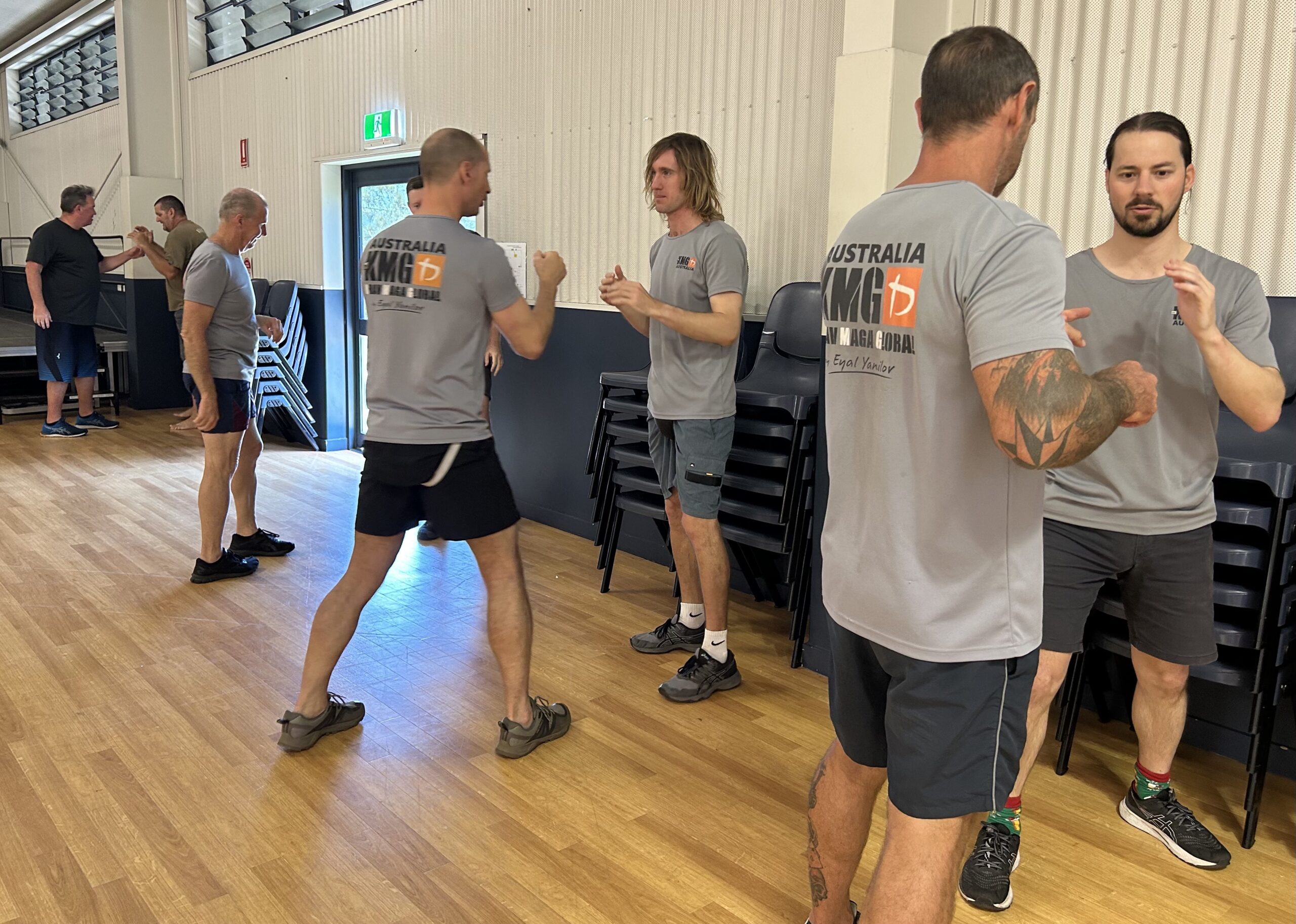
What do you want from krav? If you’ve only just started your krav journey or you’re a few years in, as instructors we’d love to help you achieve your goals and add value to your krav experience. There’s a lot to love about krav and many opportunities available to learn more, progress in your training, make new friends and even travel. When you feel comfortable, have a chat with your instructors and let them know what you’d like to achieve.
I thought I’d share some things I’ve learnt along the way that have helped me achieve my krav goals.
Perfect practice makes perfect
It’s a lot of fun to ‘go hard’ but when you’re first learning a new technique or an instructor has pointed out something that needs improvement, the most value comes from slowing down and getting it right. It’s better to spend a few minutes at a slower pace really concentrating on the issue at hand than performing suboptimal technique at full speed tens or hundreds of times and committing your ‘bad habits’ to muscle memory.
There isn’t an expectation that a student will achieve ‘perfect’ technique the first time or the fifth time they are taught something. Instructors will initially focus on the most important aspects of the technique to ensure these are effective. After all, the aim is to ensure that if you came across the problem in real life you would be able to defend it and get away.
Understand the ‘Why’
One of the things that keeps me coming back to krav is there’s always a reason behind every aspect of a technique and those reasons are continually challenged and refined based on real life experience. The techniques in the curriculum are selected due to their high chance of success in a wide range of real life situations. As you progress through the system you will be taught a number of variations.
Krav doesn’t use a ‘paint by numbers’ approach. By understanding the methods of prevention, application of each variation and the various finishing modes you will be able to apply the tactically best solution to a problem.
Krav is for couch potatoes (although you may not stay a couch potato for long)
Another great aspect of krav is that everything is at your own pace. If, like me, you start with a minimal level of fitness you can learn the techniques and build your fitness gradually. It may not be obvious but people in class don’t necessarily register who’s the fittest. It’s more likely they notice the students who give it their all and don’t give up.
Krav has inspired me to get off the couch and try other fitness related activities like kettlebells, pilates and circuit training. These have assisted in building core strength, increasing striking power and being able to maintain intensity for longer during drills and gradings.
Your body will do more than your mind considers possible
We’ve all experienced that sensation when your mind is telling you your body can’t do any more. Krav can help you realise that your body can safely go past that point. Coming to this realisation is an important part of your krav journey as your body will need this knowledge if you’re ever involved in a real life situation. Take advantage of every determination drill to push yourself just a little bit further.
Aggression is not losing control
For a long time, I resisted embracing the concept of aggression in krav because I equated aggression with losing control. It took me a while to realise that from the moment I started training I was being taught to switch aggression on and off and that aggression was an essential part of ensuring I could defend myself.
It’s easy to get the false impression that full force aggression is valued in krav. What’s actually valued and respected is the kravist’s ability to independently and consciously control the level of aggression and force applied to a particular situation. Some examples are:
· Recognising when your partner is a beginner and ramping down your level of aggression so they can concentrate on learning the technique without feeling threatened or getting injured.
· Stopping short of connecting with your partner while still performing good technique when training.
· Tailoring the force of your strikes during drills depending on the size and experience of the student holding the pad or wielding the weapon.
Students have lives outside of krav and can’t afford to get injured. Of course accidents will happen but by remaining in control they will be minimised. Out on the street, your ability to control the aggression and force you use in a confrontation could save you from a legal nightmare.
By A. Shoecraft








